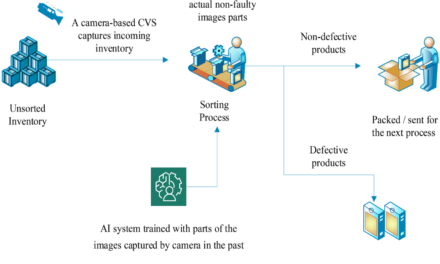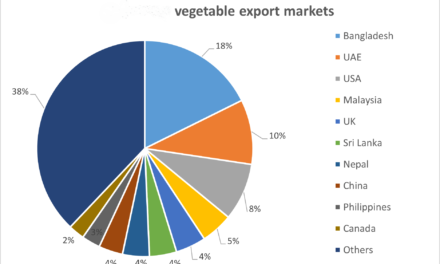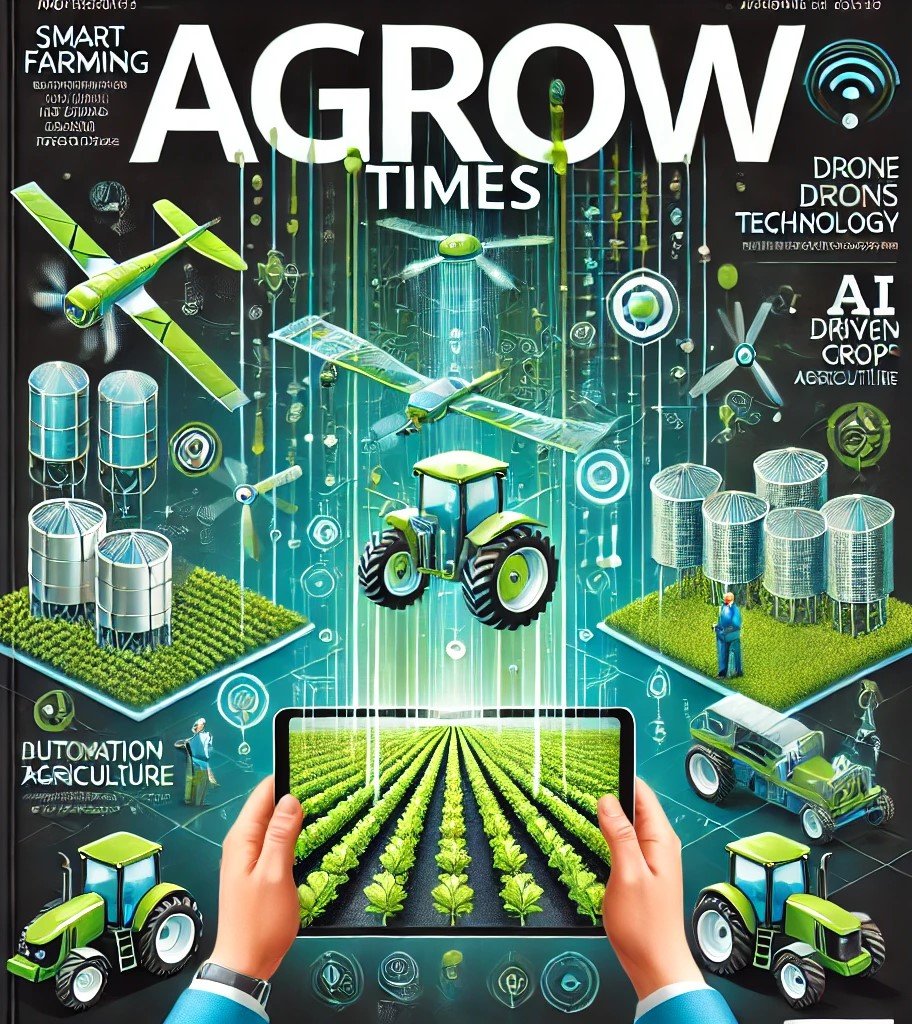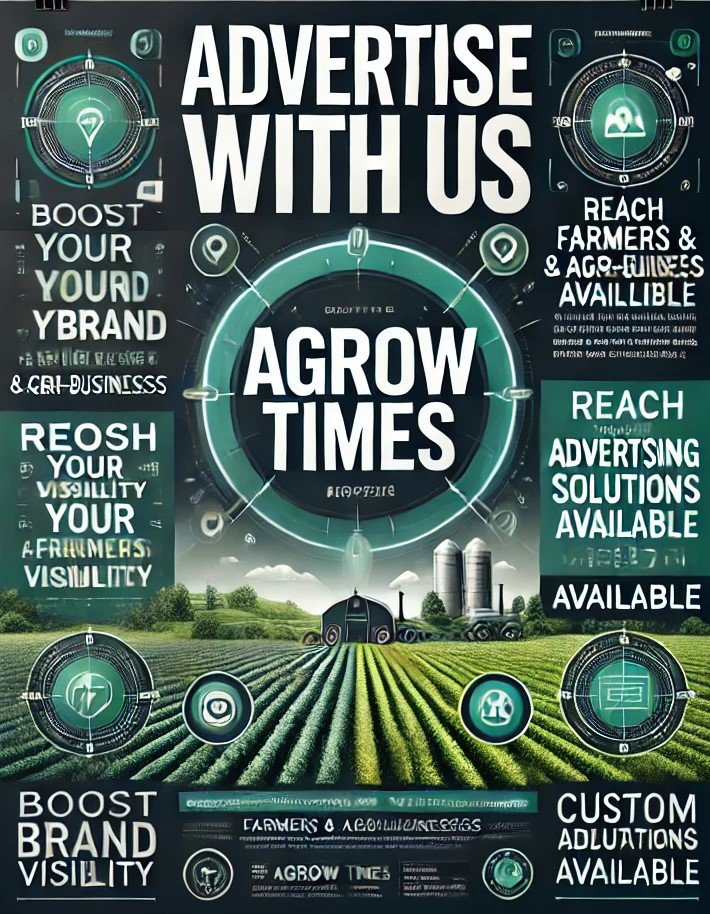The growing demand for organic and minimally processed foods has significantly influenced the food processing industry in several ways:
1. Shift in Production Methods
- Impact: Food processors are increasingly adopting organic farming practices and using fewer chemicals and additives in response to consumer demand for cleaner, more natural products. This has led to the development of processing methods that preserve the integrity of the food while meeting organic certification standards.
- Example: The shift from synthetic pesticides to natural alternatives in farming and using organic-certified ingredients in products like snacks, cereals, and beverages.
2. Need for New Processing Techniques
- Impact: Minimally processed foods, which retain more of their natural nutrients and flavors, require specialized processing techniques. Technologies like cold pressing, high-pressure processing (HPP), and freeze-drying are increasingly used to maintain the quality and nutritional content of organic products while avoiding the use of preservatives and artificial ingredients.
- Example: Cold-pressed juices and HPP for preserving fresh, organic products without heat treatment or additives.
3. Supply Chain Adjustments
- Impact: The demand for organic foods often requires a separate, more carefully managed supply chain to ensure that the products meet organic standards and remain free from contamination with non-organic materials. This can lead to higher costs for food processors, who need to ensure traceability and transparency throughout the production process.
- Example: Maintaining separate facilities and processing lines for organic and non-organic products to avoid cross-contamination.
4. Consumer Preference for Transparency
- Impact: As consumers become more conscious about food origins and processing methods, there is a growing emphasis on transparency in labeling and sourcing. This has prompted food processors to invest in certifications (e.g., USDA Organic, Non-GMO Project Verified) and traceability systems to meet consumer expectations for information on how food is grown, harvested, and processed.
- Example: The use of QR codes on packaging to provide consumers with detailed information about the product’s sourcing and processing.
5. Impact on Packaging
- Impact: Organic and minimally processed foods often come with a preference for environmentally friendly and sustainable packaging. This includes reducing plastic use, using biodegradable materials, or promoting recyclable and compostable packaging.
- Example: The use of biodegradable or recyclable packaging materials for organic snack foods or fresh produce.
6. Higher Production Costs
- Impact: Organic and minimally processed foods typically have higher production costs, which can be attributed to more expensive raw materials, certification fees, and the need for specialized processing techniques. These costs are often passed on to consumers, making organic products more expensive than their conventional counterparts.
- Example: Higher costs of organic grains, fruits, and vegetables, as well as labor-intensive farming practices, increase the final price of organic packaged goods.
7. Pressure on Innovation
- Impact: As consumer demand for organic and minimally processed foods continues to grow, food processors are under pressure to innovate. Companies are developing new products that align with the demand for organic, clean-label foods while meeting nutritional standards and taste preferences.
- Example: The introduction of organic plant-based alternatives, such as organic plant-based milks, cheeses, and meats, to cater to the demand for healthier, more sustainable options.
8. Environmental and Sustainability Concerns
- Impact: The food processing industry must adapt to the growing emphasis on sustainability in response to consumer preference for organic and minimally processed foods. This includes reducing energy consumption, water usage, and waste generation, and sourcing organic ingredients in an environmentally responsible way.
- Example: Food processors adopting sustainable sourcing practices for organic ingredients and reducing carbon footprints through energy-efficient manufacturing processes.
The demand for organic and minimally processed foods is pushing the food processing industry to evolve by adopting new production methods, investing in sustainable practices, and responding to consumers’ desire for transparency, higher quality, and healthier options. This trend is reshaping the industry, fostering innovation, and requiring investments in more sustainable, cost-efficient, and transparent practices.









